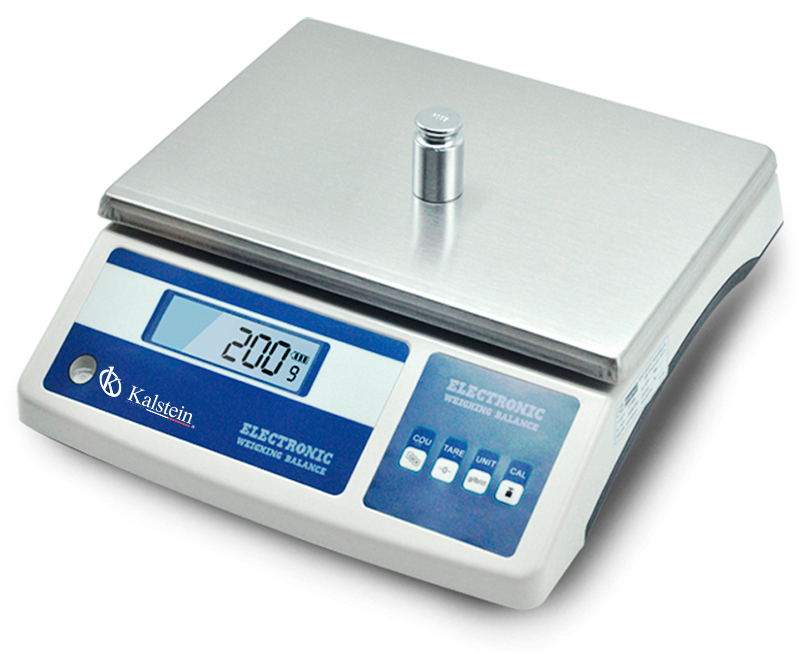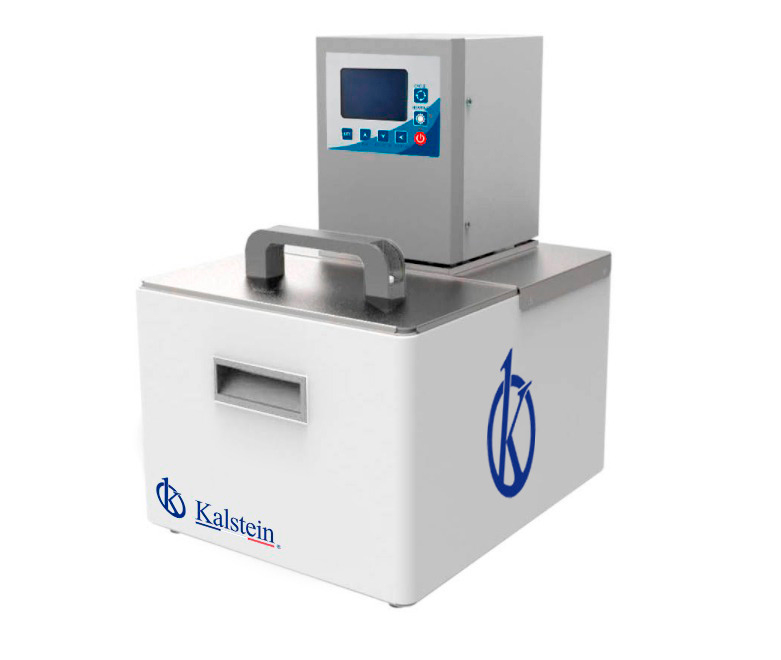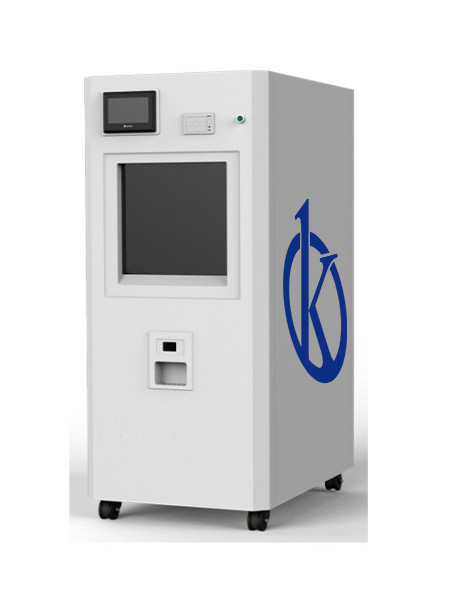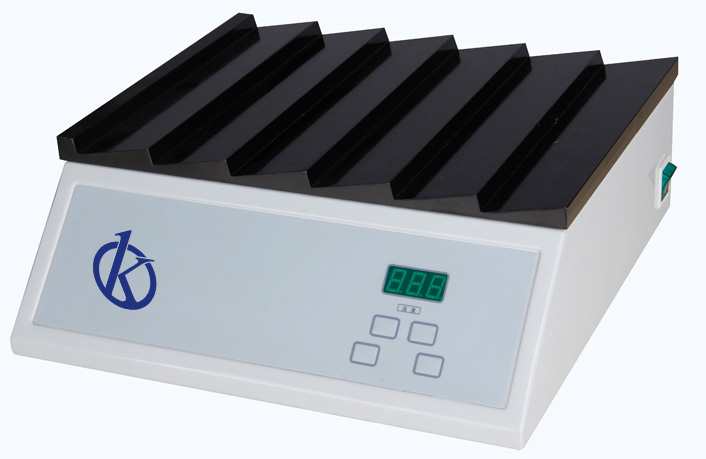It is essential to know the functions offered by the scales that suit the requirements of the laboratories, and for this, it must take into account the design, size, calibration capacities, weighing capacity, weighing units (grams, kg and / or lbs.), margin of error and battery durability. Based on this, the analytical balance meets the requirements within the laboratories, offering more accurate results, and easier reading.
This tool, specializes in its accuracy, and sensitivity, becoming an instrument that provides data and results, measures with real values, avoiding the smallest possible error.
Finally, the analytical balance offers functional characteristics, because it has sensors to measure the weight, visible on a well-lit screen, and at a size that facilitates vision.
General Considerations
The versatility of a conventional balance, such as domestic scales, varies depending on the measurement of the weight of the product, and is clearly understood by the altitude and geographical latitude in which it is. On the other hand, laboratory scales are responsible for calculating the mass of a sample, which is invariable, since it belongs to the amount of matter of the product being weighed.
In this sense, the analytical balance is able to record amounts between 120-200g, offering accuracy and reliability in the weighing results, and for this, its location is an important factor, so it must be taken into account, placing it in places with few vibrations, without air currents and with an ambient temperature as constant as possible. In addition, always use the smallest measuring bottle possible, avoid plastic bottles when humidity is below 30-40%.Take into account the temperature of the measuring bottle and its contents, as they must comply with being at the same room temperature, and in no way, touch the bottles directly with your fingers when placing them or removing them from the measuring chamber.
Recommendations for the Use of an Analytical Balance
Firstly, the user in the laboratory must ensure that the scale is well leveled, and for this, it is necessary the proper calibration.
Then, when weighing, account must be taken of:
- Avoid weighing substances directly on the scale plate.
- Use a clean, dry container, preferably a watch glass, or as small a container as possible.
- The materials to be used for weighing must be at the same temperature as the environment.
- Place the material to be weighed, in the center of the scale plate.
- At the end of the measurement process, remove the load from the scale plate.
Finally, to ensure accuracy, the balance must always be checked for its level, and the balance must always be connected to the socket, to preserve the thermal harmony of the electronic circuits and always leave the balance in the standby mode, avoiding the need for a new warm up time.
Kalstein Analytical Balance
We at Kalstein, are trained to meet the requirements of our users, regarding the selection of laboratory equipment, we offer you, the Analytical Balance, corresponding to the YR series, with multiple attractive characteristics, where the maximum weight of the analytical balance, is 310 g / 410 g / 510 g / 610 g. All models feature backlit LCD screens and windshields that protect large internal measuring chambers. Internal calibration, LCD (white background light with black letter), internal calibration of a time key/trigger, electromagnetic force sensor, 3-door sliding glass draft protector, to facilitate access to weighing elements. Tare/Count/Percentage function. Unit conversion (g/mg/ct/oz). Sensitivity/speed setting. Overload alarm/Fault alarm/Level gage. Alphanumeric External Keyboard (AC005). Standard to USB converter (E1002). Serial cable for serial output to printer or computer (E743). Factory calibration certificate (BL0333), among others.
To learn more about our products, visit HERE
At Kalstein, as manufacturers, we provide all the advice our customers need, so that their purchase is ideal, and at excellent prices.
Come visit us at HERE




